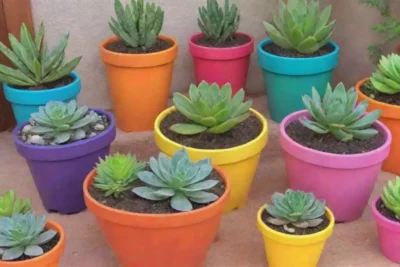
DIY Succulent Soap: Combining Greenery with Homemade Luxe
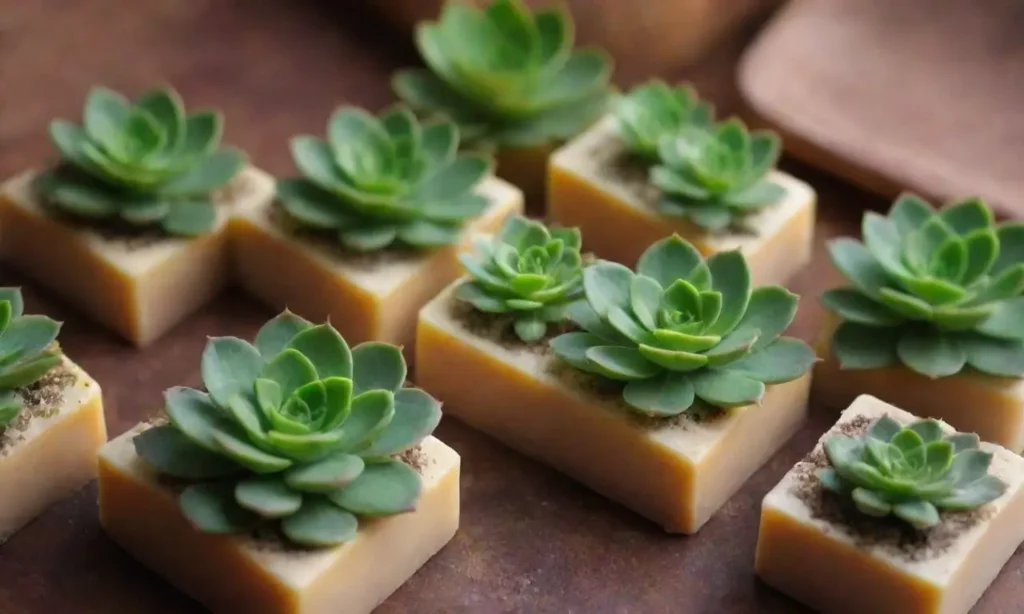
Introduction
In recent years, succulents have taken the world by storm, becoming a favored houseplant due to their easy-care nature and aesthetic charm. They're not just for pots and gardens anymore; they have made their way into various DIY projects, including one unique trend that marries the beauty of greenery with the indulgence of self-care: DIY succulent soap. This intriguing blend of nature and homemade pampering results in a shower or bath experience that is both visually appealing and richly beneficial for the skin.
This article will take you on a journey through the world of DIY succulent soap-making. We will explore what succulent soap is, why it has become so popular, and how you can create your very own succulent soap bars at home. By the end, you will have not only expanded your crafting repertoire but will have also created exquisite soaps that serve as stunning decor or thoughtful gifts.
What is Succulent Soap?
Succulent soap is essentially a hand-crafted soap that incorporates ingredients designed to mimic the appearance of succulents. However, the definition goes beyond just aesthetics. These soaps are formulated with natural ingredients that provide skin benefits, such as moisturization, cleansing, and nourishment. The use of eco-friendly and homemade components aligns perfectly with current trends emphasizing sustainability, health, and well-being.
The key components of succulent soap include glycerin soap base, which serves as the foundation; colors and fragrances that resemble various types of succulents; and skin-loving ingredients that contribute to its luxurious feel. You will also notice essential oils that not only scent the soap but bring added therapeutic benefits, making bath time a relaxing and uplifting experience.
From their vibrant colors to their unique shapes, succulent soaps can resemble real succulent plants. With the right molds and techniques, anyone can create stunning designs that resemble mini succulent gardens. When displayed on a vanity or bathroom shelf, these soaps double as a decor item, making them an attractive addition to any space.
Why DIY Succulent Soap is Trending
The current trend towards DIY projects can be attributed to several factors, including the desire for personalized items and the satisfaction of creating something with one's own hands. Additionally, the sustainable movement encourages individuals to opt for homemade items that contain natural materials rather than commercially produced options laden with chemicals.
Eco-Friendly and Sustainable Practices
DIY succulent soap supports eco-friendly ideals. By crafting your own soaps, you have full control over the ingredients you choose, ensuring that they are natural and free from harmful additives. Many commercial soaps contain synthetic fragrances and preservatives that can irritate the skin and harm the environment. By opting for homemade varieties, you reduce your carbon footprint and encourage sustainable practices.
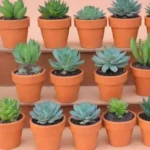 How to Make Terracotta Pot Succulent Crafts That Impress
How to Make Terracotta Pot Succulent Crafts That ImpressThis trend also offers an outlet for creativity and education about the importance of self-care. It fosters a deeper understanding of what goes into commercial products while providing an opportunity to experiment with various shapes, scents, and textures. By blending the beauty of nature with practical skincare, individuals develop a stronger bond with their wellness routines.
Aesthetic Appeal and Personalization
One of the primary draws of DIY succulent soap lies in its visual allure. The vibrant hues and diverse forms inherent to succulents translate beautifully into soap-making. Whether you prefer soft pastels or bright jewel tones, you can easily tailor your creations to match your style and the overall decor of your home. Furthermore, the inclusion of essential oils allows you to customize the scent to your liking, making each batch a unique expression of your personality.
Personalization doesn't stop at fragrances and colors. Succulent soap can be made for specific purposes, such as using coconut oil for hydration or tea tree oil for its antibacterial properties. Individuals can craft soaps that cater to their skin's unique demands, ensuring a bespoke experience. Customizable solutions make DIY succulent soap not only a creative project but also a fulfilling endeavor that addresses personal needs.
Therapeutic Benefits and Self-Care
In an era where self-care is increasingly recognized as vital for mental and physical health, crafting DIY succulent soap is more than just a hobby. It involves mindfulness, a form of therapeutic release that allows crafters to engage fully in the present moment. The process of melting, mixing, and molding soap encourages focus and creativity, providing an enjoyable diversion from the hustle and bustle of everyday life.
Once completed, the soaps can transform a mundane bathing routine into a luxurious sensory experience. The delightful scents from essential oils, combined with the nurturing characteristics of natural ingredients, elevate the quality of the bathing experience. Moreover, gifting DIY succulent soaps embodies thoughtfulness, providing loved ones with a product that reflects care and personal touch.
How to Create Your Own Succulent Soap
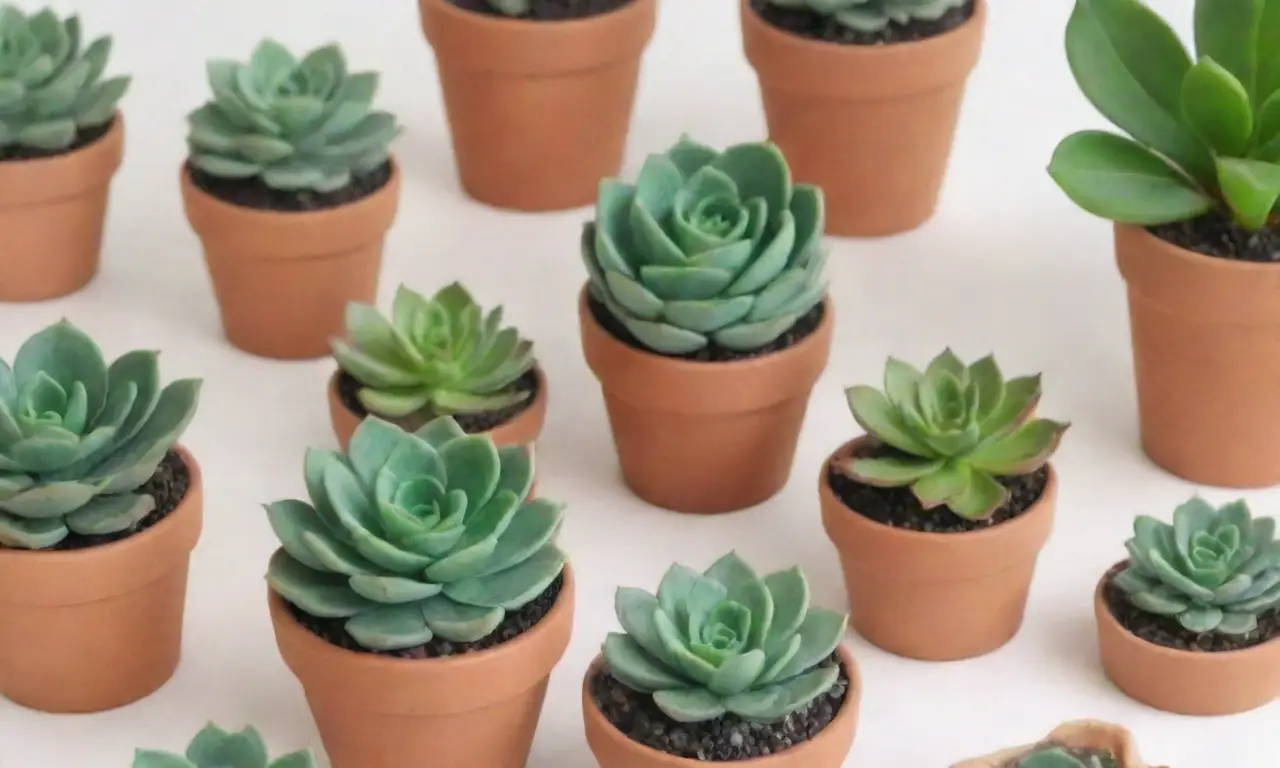
Creating succulent soap at home is a rewarding experience that combines creativity with practical skills. Below, we will guide you step-by-step through the process, from sourcing your materials to the final product.
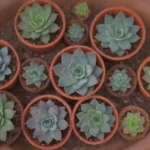 How to Create Succulent Photo Frames for Beautiful Memories
How to Create Succulent Photo Frames for Beautiful MemoriesGathering Materials
Before diving into the soap-making process, you must gather the essential materials. Here is a list of items you will need:
- Glycerin soap base: This can be found in craft stores or online. Choose between clear or opaque bases.
- Colorants: Soap dyes are specially formulated for soap-making and are available online or in craft shops. Food-grade colorants also work but may yield less vibrant results.
- Essential oils: Choose scents that you enjoy, such as lavender, rosemary, or eucalyptus.
- Soap molds: To create succulent shapes, look for silicone molds that allow for intricate designs. If you can't find succulent-specific molds, any shape will do.
- Add-ins: Enhance your soap with natural ingredients like coconut oil, shea butter, or exfoliating agents like oatmeal.
The Soap-Making Process
Once your materials are ready, it's time to get started on the actual soap-making process:
Melt the Soap Base: Cut the glycerin soap base into small cubes and place them into a microwave-safe bowl. Heat in short, 30-second intervals until fully melted. Stir gently to remove any lumps.
Add Color and Fragrance: Once the soap base is melted, divide it into smaller bowls if you’re creating multiple colors. Add your chosen soap dyes, mixing until you achieve your desired shades. Then, incorporate a few drops of essential oils, adjusting the scent to your liking.
Pour into Molds: Carefully pour the colored soap mixture into your molds. For tiered designs, start with the base layer and allow it to harden slightly before adding another layer in a different color. Use a different mold, if desired, for creating succulent shapes.
Let Them Set: Allow the soap to cool completely and harden, usually taking 2-4 hours. Once solidified, pop the soaps out of the molds.
Finishing Touches: If desired, you can wrap the soaps in decorative packaging or label them for gifting. Let your creativity run wild!
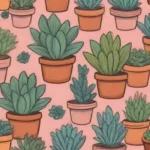 Succulent Tilling: An Artisan Craft Idea for Plant Lovers
Succulent Tilling: An Artisan Craft Idea for Plant Lovers
Tips for Success
To ensure a successful outcome, keep these tips in mind:
- Temperature Control: Avoid overheating the glycerin, as it can compromise the soap's texture and clarity.
- Experimentation: Don't hesitate to experiment with colors, molds, and scents. Unique combinations can yield surprising and delightful results.
- Storage: Keep your finished succulent soaps in a cool, dry place, away from direct sunlight, to maintain their beauty and effectiveness.
Conclusion
The beauty and functionality of DIY succulent soap truly embody the fusion of nature and self-care in a delightful and accessible craft project. The trend represents more than just a fondness for succulents; it encompasses sustainability, personalization, and the therapeutic benefits of creating something meaningful. This initiative not only offers numerous skincare benefits but also promotes mental well-being through creative expression.
Creating succulent soap in the comfort of your home invites you to delve into the world of crafting, where the possibilities are limited only by your imagination. From unique colors and delightful scents to thoughtful personalization, you're provided with an opportunity to indulge in a pursuit that nurtures both body and mind. With its artistic flair and practical applications, DIY succulent soap is a trend worth embracing, whether you're looking for a new hobby or thoughtful gifts for your loved ones.
As this creative movement continues to gain momentum, you can be a part of it by exploring your artistic side and bringing the beauty of succulents right into your bathing routine. Happy crafting!
If you want to read more articles similar to DIY Succulent Soap: Combining Greenery with Homemade Luxe, you can visit the Craft Ideas category.


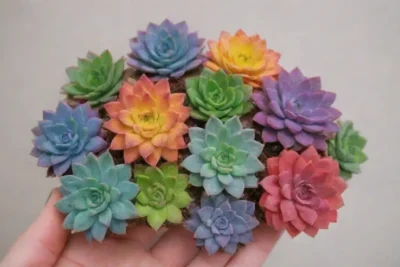
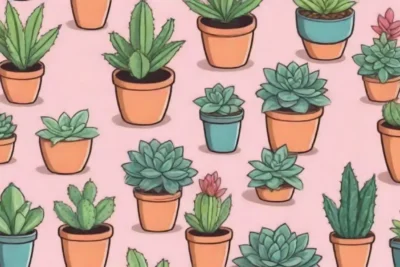
You Must Read